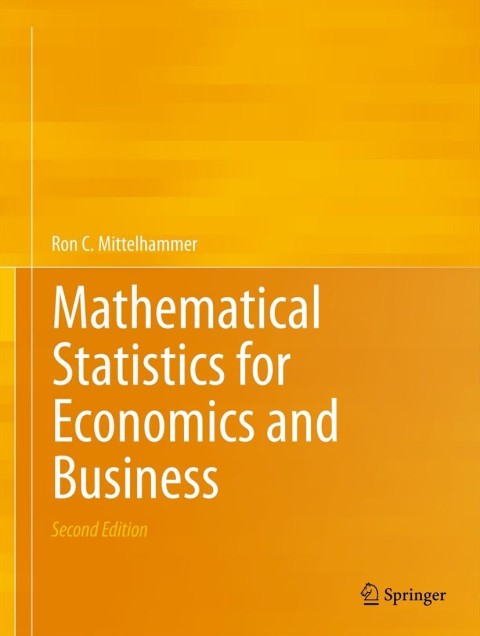Consider the experiment of tossing a fair coin (meaning heads and tails are equally likely on each
Question:
Consider the experiment of tossing a fair coin (meaning heads and tails are equally likely on each toss) three times and observing the sequence of heads and tails that results. Let \(H\) denote heads and \(T\) denote tails.
a. Define the sample space, \(S\), for this experiment.
b. Let \(A\) be the event that at least one of the tosses results in heads. Define the appropriate subset of \(S\) that defines \(A\). Find \(P(A)\).
c. Let \(\mathrm{B}\) be the event that at least two of the tosses results in tails. Define the appropriate subset of \(S\) that defines \(B\). Find \(P(B)\).
d. Define the probability that at least one of the tosses results in heads and at least two of the tosses results in tails, \(P(A \cap B)\).
e. Let \(C\) be the event that all three tosses result in tails. Are \(\mathrm{A}\) and \(C\) disjoint events? Are \(B\) and \(C\) disjoint events?
f. What is the probability of \(A\) or \(C\) occurring? What is the probability of \(B\) or \(C\) occurring? What is the probability of \(A\) or \(B\) occurring?
Step by Step Answer:

Mathematical Statistics For Economics And Business
ISBN: 9781461450221
2nd Edition
Authors: Ron C.Mittelhammer





